Have you heard about the connection between broken trust and instability? What is it, and how are these two concepts related?
People react to broken trust in a variety of ways. For much of my life, I responded to those who broke my trust with misbelief. I couldn’t accept the reality that someone would be anything but loving. The fact that I held onto that Pollyanna concept for so long boggles my mind when considering all the violations formable people have committed against me. I don’t recall bringing this issue to the attention of my therapist, but I assume I reacted in this naive way as a method of closing my eyes to the truth. It became a survival tactic I engaged in throughout most of my victim-of-abuse years.
Regardless of what I had experienced, I honed the tactic of closing my eyes to anything that didn’t support the idea of joy while remaining in this Pollyanna existence. I learned this tactic from my mother. Even today, my eighty-eight-year-old, sharp-witted mother will relay moments from my childhood, twisting events to reflect the delusion of joyous times while leaving out all aspects that contradict it. She often speaks of these rewritten versions of our history and will become irate if someone brings up the truth within such a moment.
I have learned to remain quiet and let my mother have her wish. At her age, Mother is so deeply set in her ways that I don’t believe she will change. However, I have. I’ve come to accept the complete truth, regardless of how horrifying I have found it.
Ways of Reacting to Trauma
- The Instability of “Rose-Colored Glasses”
As a child, I became familiar with the description of this off-balanced way of seeing the world as going through life wearing “rose-colored glasses.” Later in life, I heard this behavior described as an “Ostrich with its head buried in the sand.” A downfall with taking on this method of existence is that anytime someone resists seeing and acknowledging the truth, they inadvertently support an abusive environment.
If I had removed my rose-colored glasses much earlier in life, I could have avoided getting into an abusive relationship. That one step would have broken the chains of abuse, stopping that tragic legacy from being passed onto my children. Instead, I kept on those rose-colored glasses until well into my forties, forging more links onto that heavy chain for my children to bear. I am thrilled to report that, since then, one of my children has completely severed this menacing chain. Their children will not carry on this family curse.
Melody, a character from my book Robin’s Gift, spent much of her lifetime running from the truth she did not want to acknowledge in her present life. Yet, the return of a lost childhood friend helped Melody reap beneficial blessings as she healed her broken trust and instability and moved into a truth that only open eyes could find.
- The Instability of Holding onto Wounds
However, many people have gone in the opposite direction. Instead of concealing themselves from the truth, they hold on tightly to their wounds. The memory of every event that has harmed them is placed front and center in their minds. These memories, displayed as showpieces, take root. They become a defining source of how to view the world. As a result, these wounded souls refuse to become vulnerable and trust again. A person who reacts to trauma in such a way can readily be spotted when they make all-inclusive comments like, “I can’t trust anyone.”
- Combining the Two
People can react to trauma by going both ways at once. Aldous, a character from my book The Hidden Diamond, and Natalie from Robin’s Gift did this act. Natalie closed her eyes to the good within her life, and Aldous denied any participation in abuse. At the same time, they both withdrew from the people of their past and, in Aldous’s case, society, as they honed the lie that no one deserves trust.
The Connection Between Broken Trust and Instability
So, what is this connection between broken trust and instability? When someone breaks our trust, it becomes natural to sway in extreme directions for protection from further pain. Yet, this off-balance stance does not shield us from more pain. It further wounds us. Every victim of abuse is vulnerable to falling into these traps and taking on such harmful, off-balanced viewpoints. We, victims, must arm ourselves daily against such a warped way of thinking, for it constantly lies in wait to ambush us when we become vulnerable.
The tendency of people to take on the pendulum learning style is one reason we tend to fall into such snares. No matter what, we must maintain our balance, but instead of focusing on the center to secure our stance, we sway far to the right. Then, just before we fall to steady ourselves, we sway far to the left. With each cycle, our swaying journey loses momentum, inching closer to the center. In time, we find balance.
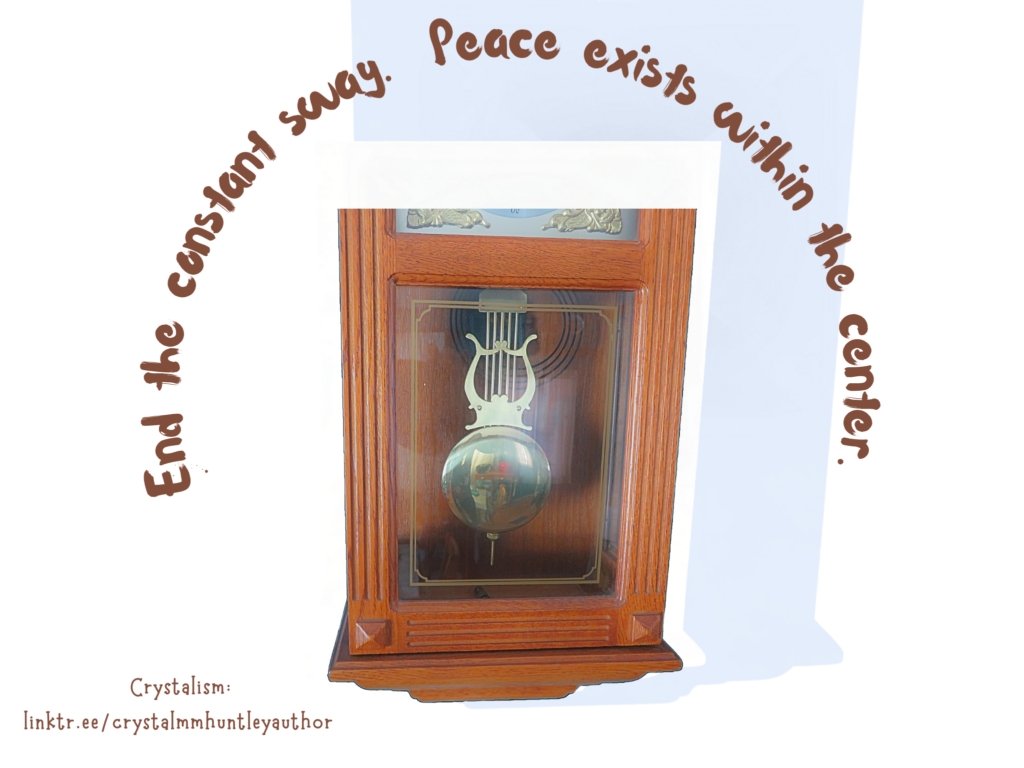
To see more Crystalisms, go to https://www.facebook.com/groups/1360983917796761.
An effective way to remain balanced in the center is to remember that blessings exist in every bad situation. Keeping our eyes open to the reality of the good and the bad is the healthiest way to move into the future.
Illustrations of Stability
Edgar Degas, A great founder of impressionism, was born in Paris, France, in 1834 and died in 1917. He provided us with an excellent illustration of this concept. Over the last fifty years of his life, he developed a retina disease that significantly compromised his ability to see. Degas’s sight is critical in his ability to paint. Instead of giving in to the tragedy of the situation, Degas sought a solution. He switched from standard paints to pastels, which better allowed his sketched chalk lines to show through. This adjustment allowed him to continue with his life’s work. By using this method, Edgar Degas created the famed “Blue Dancers” painting.
Peirre-Auguste Renoir, another French impressionist artist who lived from 1841 to 1919, also suffered a life-changing blow that could have ended his artistic achievements. Like many of us today, crippling arthritis afflicted Renoir. Renoir had someone place his paintbrushes between his claw-clinch fingers to carry on. Despite his challenges, Renoir created the famed “Girls at the Piano” painting.
Henri Matisse, who lived from 1869 until 1954, was considered the most important French painter of the 20th century. He also suffered a life-altering blow that resulted in a necessary surgery that left Matisse immobile. Yet, instead of giving in to the tragedy of the situation, Matisse adapted his art form to a collage media. With this new artistic format, Matisse directed assistants to attach colored paper to a large sheet affixed to the wall and created masterpieces like “The Sorrows of the King.”
These three artists carried on because they found a way to maintain balance regardless of the violent sways within their lives. They did not allow life’s tragedies to knock them off balance.
Resource
Calamities remain prevalent, throwing a person off balance while causing broken trust and instability. Abuse joins its ranks as a far too frequent tragedy. If you or someone you know of is trapped in an abusive relationship, I wish to redirect you to https://crystalmmhuntley.com/2024/02/do-you-know-the-six-important-steps-to-escape-abuse/ for directions on how to safely find your way out to freedom so you can once again rebuild trust and stability in your life.
Here is a reposting of the resources I’ve provided.
For child abuse, contact the Childhelp National Child Abuse Hotline at 1-800-422-4453.
For Sexual abuse, contact the RAINN National Sexual Assault Hotline at 1-800-656-4673.
To gain immediate assistance, contact the National Domestic Violence Hotline at https://www.thehotline.org (800-799-7233) or text “START” to 88788.
For financial abuse, contact https://www.annuity.org/financial-literacy/financial-abuse/, https://www.pcadv.org/financial-abuse/
You can find a guide on financial literacy for women at https://www.annuity.org/financial-literacy/women/
DomesticShelters.org and safehorizon.org 1-800-621-HOPE will provide shelter, counseling, and legal assistance.
loveisrespect.org, National Network to End Domestic Violence
Codependent support groups https://coda.org
Join me next time as I share about learning how not to be a victim.
Note to My Readers
Hopefully, you have gained value from this blog post. If you have, I would like to offer you the opportunity to purchase my books. You can purchase The Hidden Diamond and Robin’s Gift here at BUY THE BOOK – Crystal MM Huntley.
An additional site where you can find my books is https://bkbookshoppe.com. However, if you prefer to purchase from Amazon, you will find The Hidden Diamond at http://www.amazon.com/The-Hidden-Diamond-Crystal-MM-Huntley/dp/1665573767 and Robin’s Gift at https://www.amazon.com/Robins-Gift-Crystal-MM-Huntley/dp/B0CVL7746N.
Each purchase of my books supports my mission to break the chains of abuse. Once you have read either of my books, feel free to leave a review on the site you purchased from. Your review will encourage others also to seek out the path of healing.
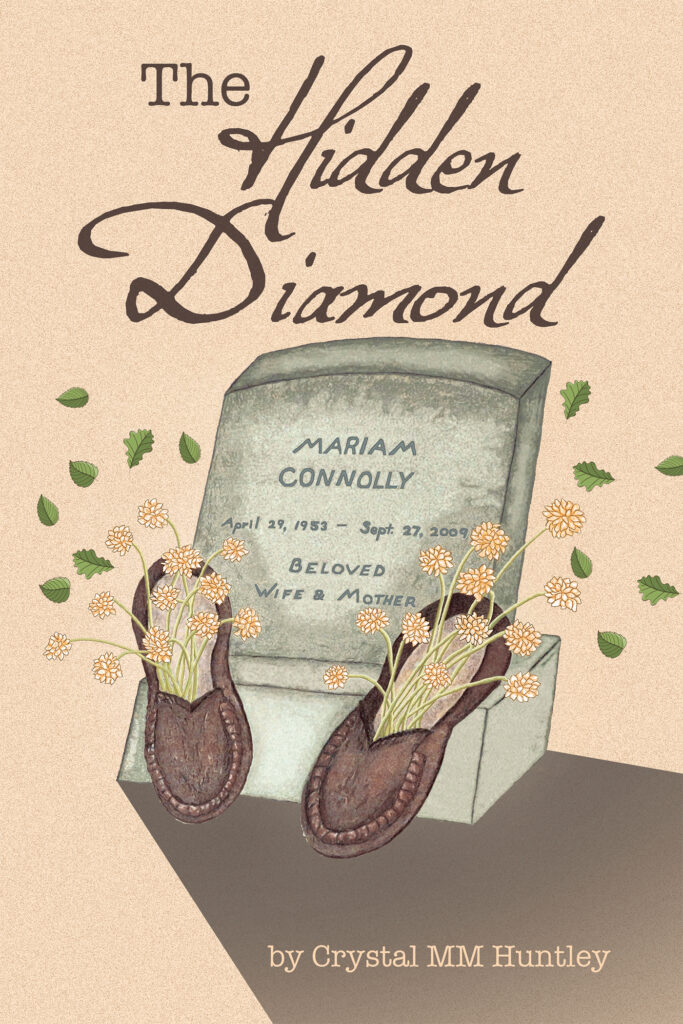
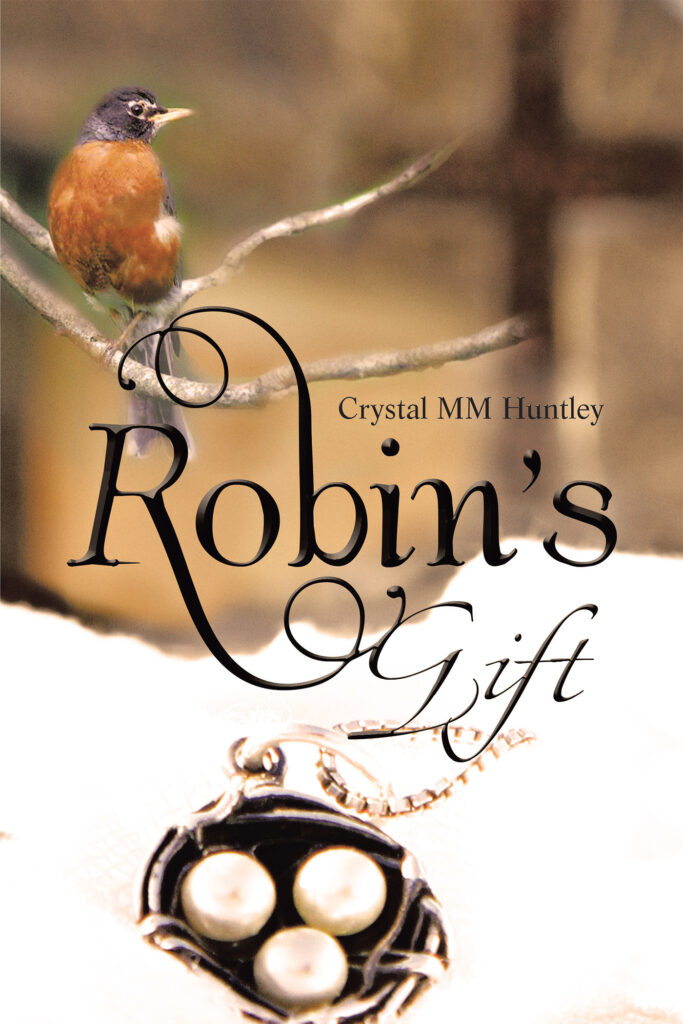
Alexandra All souls are priceless no matter their past. A personal reason to testify. Assure myself with a pep talk. Boundaries Breaking Out Breathe into the space of peace. Complex CPTSD Continue to write for God. Difficult people can become a catalyst for growth. Discover My Newest Post Ehlers-Danlos Syndrome Forgiveness Free Giveaway From Robin’s Gift God chooses. Grace Enters Hope How I got out of the wheelchair. Installing Healthy Boundaries Invite Keep up the good work. Master New Skills My Mission My Story No meaningful journey exists without pitfalls. Note To My Readers Resources Robin’s Gift Robin’s Gift – A Sneak Peak Share my healing journey. Taboo topics have infiltrated people. Take the Challenge Thank you. The Behind Story The Hidden Diamond Transcend into healthy boundaries. Upcoming Posts We Don’t Know What We Don’t Know. Why I Write Writing Is My Passion Writing Mirrors Life You Are Worthy! Your Gain “When I am weak then I am strong.”
- Is Someone Your Enemy?
- Is It Shameful to Receive Help?
- Do You Know What Abuse Is?
- How to Learn Not to Be a Victim
- Because of You, Daffodil Dayz 2025 was Triumphant!
- June 2025
- May 2025
- April 2025
- March 2025
- February 2025
- January 2025
- December 2024
- November 2024
- October 2024
- September 2024
- August 2024
- July 2024
- June 2024
- May 2024
- April 2024
- March 2024
- February 2024
- January 2024
- December 2023
- November 2023
- October 2023
- September 2023
- August 2023
- July 2023
- June 2023
- May 2023
- April 2023
- January 2022

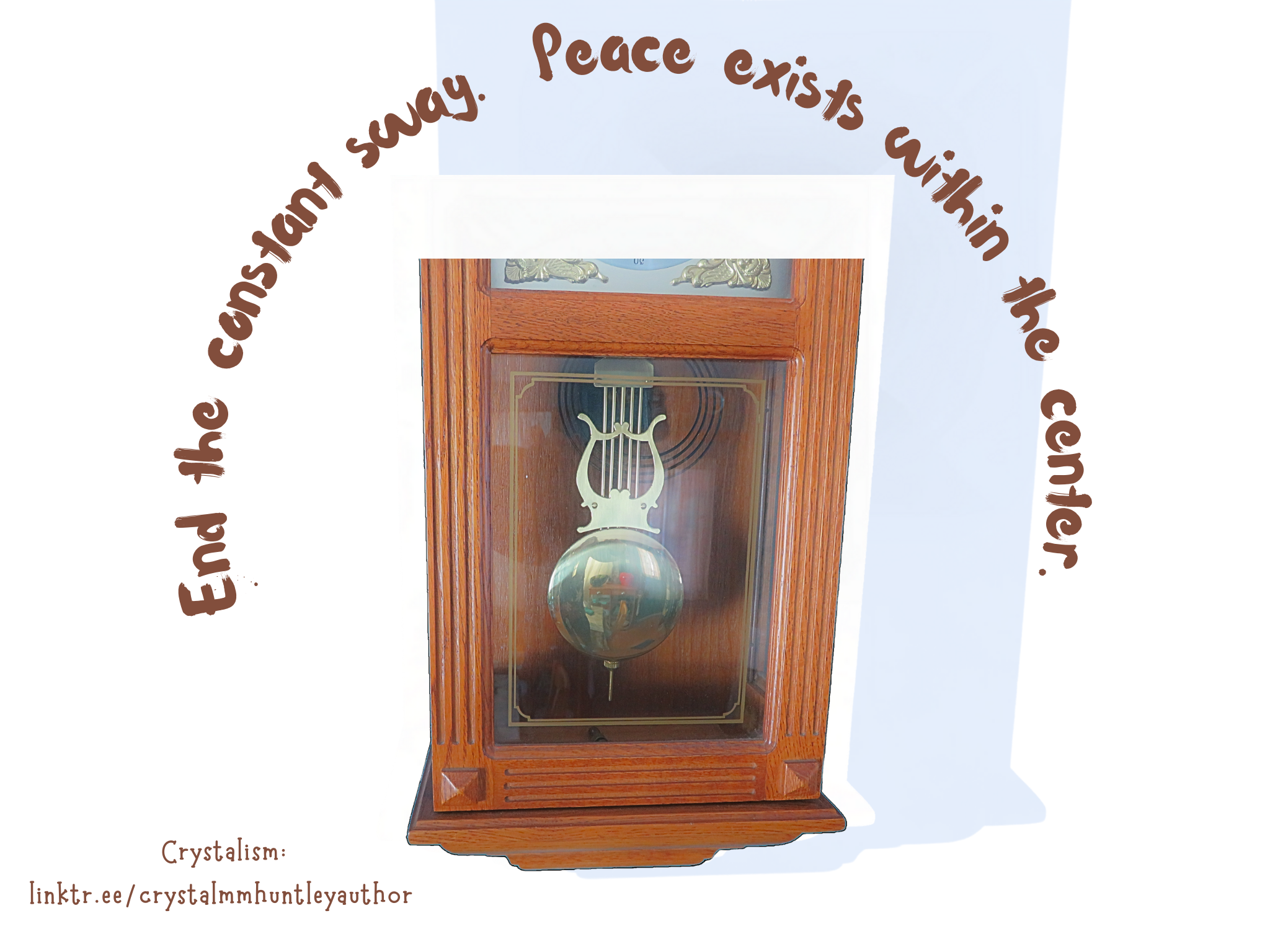
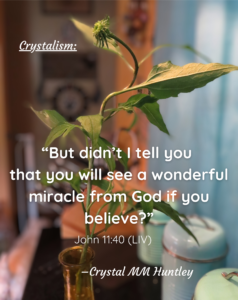
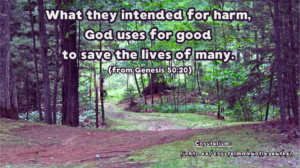
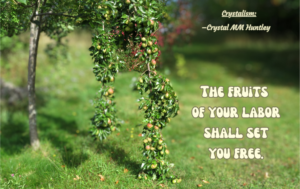

Awesome https://shorturl.at/2breu
Good https://shorturl.at/2breu
Good https://lc.cx/xjXBQT
Very good https://lc.cx/xjXBQT
Awesome https://lc.cx/xjXBQT
Good https://lc.cx/xjXBQT
Very good https://lc.cx/xjXBQT
Awesome https://urlr.me/zH3wE5
Good https://urlr.me/zH3wE5
Very good https://urlr.me/zH3wE5
Very good https://rb.gy/4gq2o4
Good https://rb.gy/4gq2o4
Awesome https://rb.gy/4gq2o4
Good https://rb.gy/4gq2o4
Awesome https://rb.gy/4gq2o4
Very good https://rb.gy/4gq2o4
Awesome https://is.gd/N1ikS2
Awesome https://is.gd/N1ikS2
Awesome https://is.gd/N1ikS2
Awesome https://is.gd/N1ikS2
Awesome https://is.gd/N1ikS2
Good https://is.gd/N1ikS2
Very good https://is.gd/N1ikS2
Very good https://is.gd/N1ikS2
Good https://is.gd/N1ikS2
Awesome https://is.gd/N1ikS2